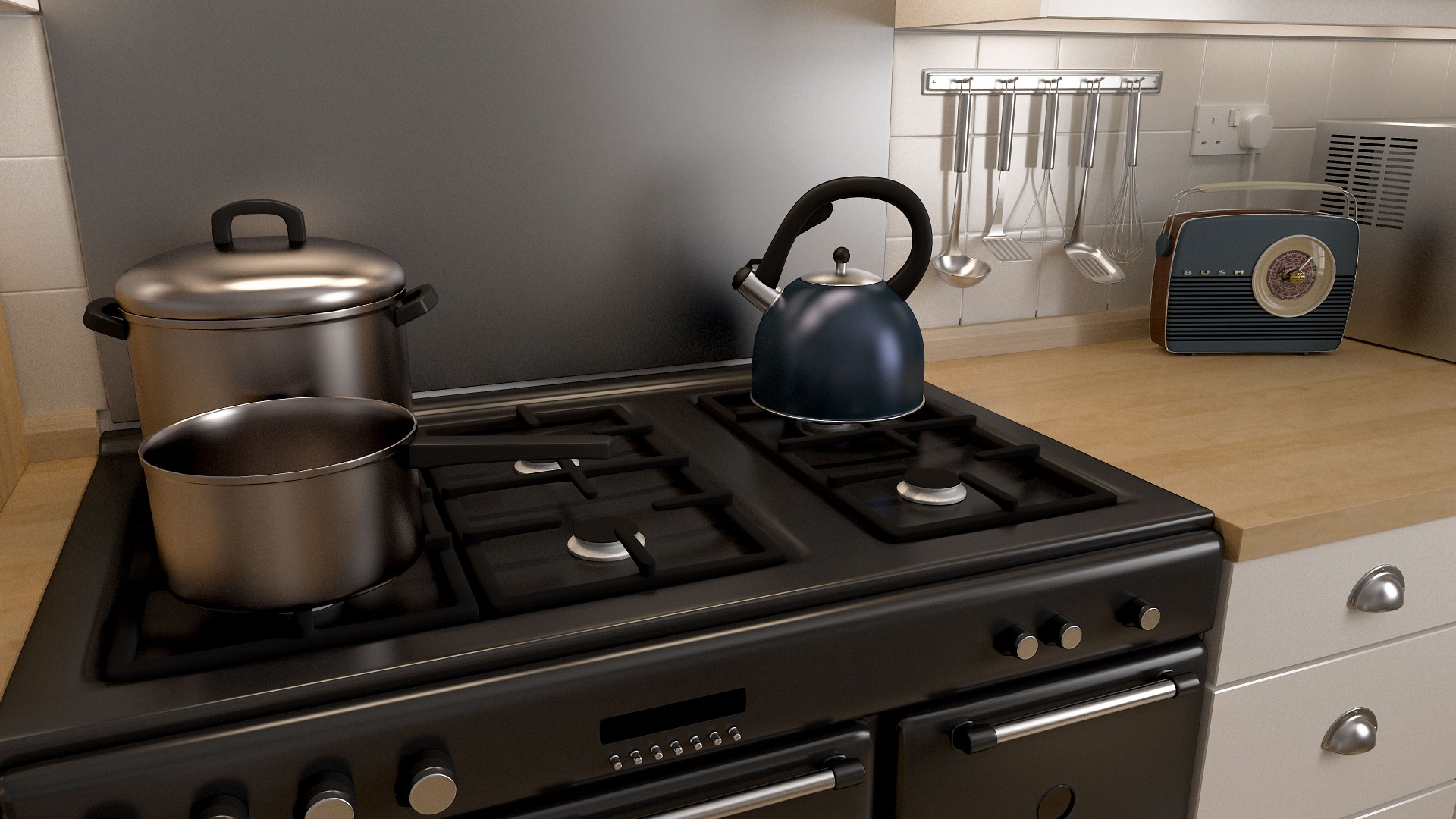Generally speaking in a residential home, an electrical circuit rated for 15 or 20 amps is adequate for powering a many lights and even several appliances. However, there are some possible situations when a dedicated circuit that supports just one appliance is needed. Here is a quick guide to each major appliance, and how to power them for the best performance and safety.
Dishwashers: typically, a standard 15-amp circuit using a 14/2 NM conduit can readily power an off-the-rack dishwasher. However, if you plan on adding garbage disposal unit to the circuit, you must use a 20-amp breaker and 12/2 wire. A GFCI outlet is highly recommended – and in fact, may be required by law depending on local building codes.
Microwaves: Typical microwaves need a dedicated 120-volt circuit with a 20-amp breaker to safely operate. Microwaves put out as much as 1,500 watts, so a 12/2 NM conduit is the best choice. Depending on where the microwave is located, a GFCI outlet may be required. For instance, if sitting on a countertop near a sink, water intrusion is a possibility and a GCFI should be utilized.
Refrigerators: Refrigerators are known to use as much as 15 amps, as a compressor can use quick a bit of power. Therefore, most residential electricians will recommend a 120-volt circuit rated for 20 amps. Adding a GFCI outlet is prudent if the refrigerator is within 6 feet of a sink, or if it is sitting in an unfished area such as a garage.
Stoves: Perhaps it is appropriate that our electric ranges are always hungry for power. In fact, nearly every late model stove will necessitate a 240-volt circuit rated for 50 amps. There’s no real safe option to add another appliance to the circuit that powers an electric oven – at least not utilizing breakers and conduits typically available to homeowners. When used frequently, your stove can draw 5,000 watts all on its own. A dedicated circuit is likely the best way to power your stove.
Laundry Machines: A 120-volt receptacle rated for 20 amps should be acceptable to run most washing machines. If the dryer is powered by gas, a specialized 30-amp GFCI outlet can be utilized both for the direr and washer. An electric dryer needs its own dedicated 240-volt circuit rated for 30 amps, other wise you are risking safety and could damage your machine.
Water Heaters: A run-of-the-mill electric water heater needs a dedicated circuit (240 volt) controlled by a double-pole 30 amp breaker. While gas-powered on-demand water heaters don’t use as much power, they still should be on a dedicated circuit.
Many homes in Sarasota were built before modern electrical systems and circuits. While the majority have been upgraded at this point, it is always smart to have an electrician perform an audit of your home to determine if your circuitry is installed properly. If you have appliances sharing overloaded circuits, you could experience short circuits, shocks and even fires. When a dedicated circuit is required, the professionals at Promise Electric are the ones to call. Our team of master electricians have been trusted by homeowners and commercial enterprises for years. Call us today for an audit. you’ll have peace of mind that only skill and experience can guarantee.



